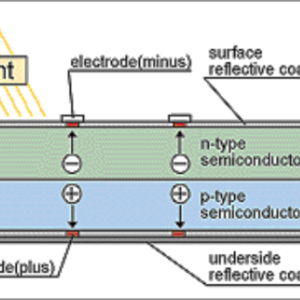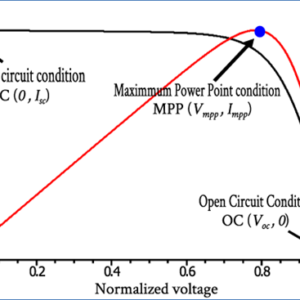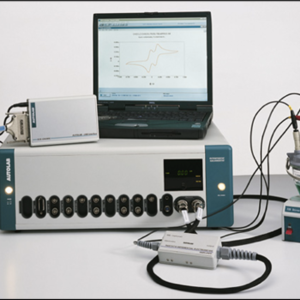Description
Solar energy is one of the most promising sources of renewable energy, and advancements in solar cell technology are continually pushing the boundaries of efficiency and affordability. Among these advancements, nanomaterials have emerged as key players, offering unique properties that enhance solar cell performance.
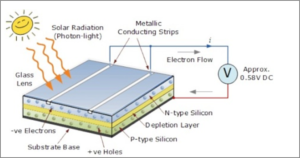
They are made from semiconductor materials that absorb photons (light particles) and release electrons. These free electrons are captured and directed into an electric current, which can be used to power electrical devices or fed into the power grid.
Why use Nanomaterials in solar cell?
Nanomaterials are materials with at least one dimension in the nanometer range (1-100 nm). Due to their tiny size, nanomaterials exhibit unique physical and chemical properties that differ significantly from their bulk counterparts. These properties include enhanced electrical conductivity, increased surface area, and unique optical behaviors, making them ideal for solar cell applications.
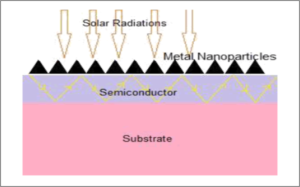
Most active nanomaterials in solar cell application
- Quantum Dots: These are semiconductor particles that can be precisely controlled at the nanoscale. Quantum dots can absorb a broad spectrum of light and convert it into electricity more efficiently than traditional materials.
- Carbon Nanotubes (CNTs): CNTs are cylindrical nanostructures with exceptional electrical conductivity and mechanical strength. They are used to enhance charge transport and collection in solar cells.
- Nanowires: These are ultra-thin wires that provide efficient pathways for electron transport. Silicon nanowires, for example, increase the surface area for light absorption, improving the efficiency of solar cells.
- Graphene: This single layer of carbon atoms arranged in a hexagonal lattice boasts excellent electrical conductivity and transparency, making it an ideal material for transparent conductive electrodes in solar cells.
Measuring Solar Cell Performance
Understanding and measuring the performance of solar cells is crucial for improving their efficiency and reliability. Here are some key measurements used to evaluate solar cells:
- Current-Voltage (IV) Characteristics:
- Purpose: IV measurements are fundamental for determining the electrical performance of a solar cell.
- Method: By applying different voltages to the solar cell and measuring the resulting current, we can plot an IV curve. This curve reveals important parameters like open-circuit voltage (Voc), short-circuit current (Isc), fill factor (FF), and overall efficiency.
- Spectral Response:
- Purpose: To determine how effectively a solar cell converts light of different wavelengths into electricity.
- Method: The cell is illuminated with light at various wavelengths, and the current output is measured. This helps identify the wavelengths at which the cell is most efficient.
- Quantum Efficiency:
- Purpose: To measure the ratio of collected charge carriers to the incident photons at each wavelength.
- Method: External quantum efficiency (EQE) measurements determine how many electrons are generated per photon absorbed. Higher EQE values indicate better performance.
- Light Intensity Dependence:
- Purpose: To evaluate the solar cell’s performance under different lighting conditions.
- Method: By measuring the cell’s response to varying light intensities, we can assess its performance in real-world conditions, such as cloudy or sunny days.
- Stability and Durability:
- Purpose: To ensure the solar cell maintains its performance over time.
- Method: Accelerated aging tests expose the cell to high temperatures, humidity, and continuous illumination. These tests help predict the cell’s long-term stability and reliability.


